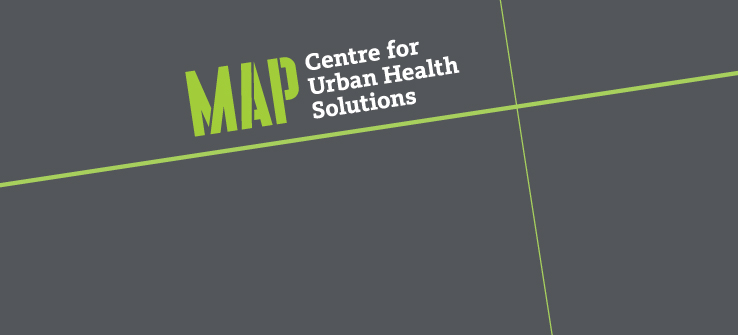From the Toronto Star article
The call for COVID-19 booster shots to blunt the fast-moving Omicron wave pushed millions of Ontarians to get third doses.
But data shows some high-risk populations — those who would benefit most from the protection — are lagging in third-dose coverage, with experts warning more efforts are needed to reach these vulnerable groups.
Some highest-risk groups that were initially prioritized for third doses, including organ transplant patients, are generally well-protected, according to the most-recent data from non-profit research group ICES, formerly known as the Institute for Clinical Evaluative Sciences.
However, just 22 per cent of pregnant Ontarians — a group among those considered highest-risk — have received third doses. And just 10 per cent of homeless people under age 65 are boosted, the data shows.
Dr. Stephen Hwang, a physician and research scientist at St. Michael’s Hospital and director of the MAP Centre for Urban Health Solutions, said lower vaccination rates among the homeless population highlight the need for sustained and creative ways to offer first, second and third doses to this group at high-risk for COVID.
Among Ontarians under age 64 who have recently experienced homelessness, 64 per cent have their first dose, while 53 per cent have had two doses; just 10 per cent in this age group are boosted. Vaccine uptake is higher in the homeless population over age 65, the ICES data shows, with 80 per cent having at least one dose, 75 per cent with two doses and 32 per cent with three doses.
Hwang called efforts to vaccinate those who use the shelter system “heroic,” but said it’s also vital to find other avenues to offer vaccines, such as in community centres and supervised injection sites.

